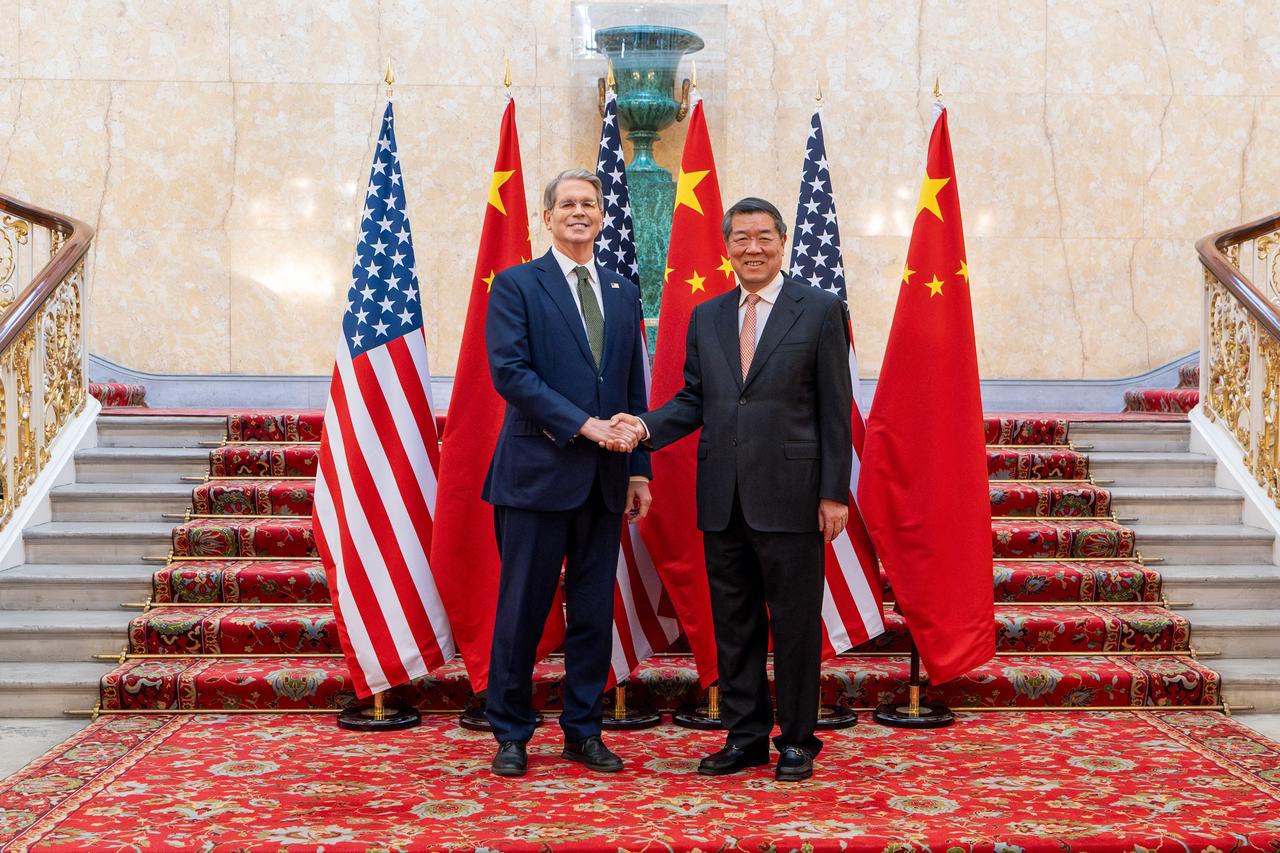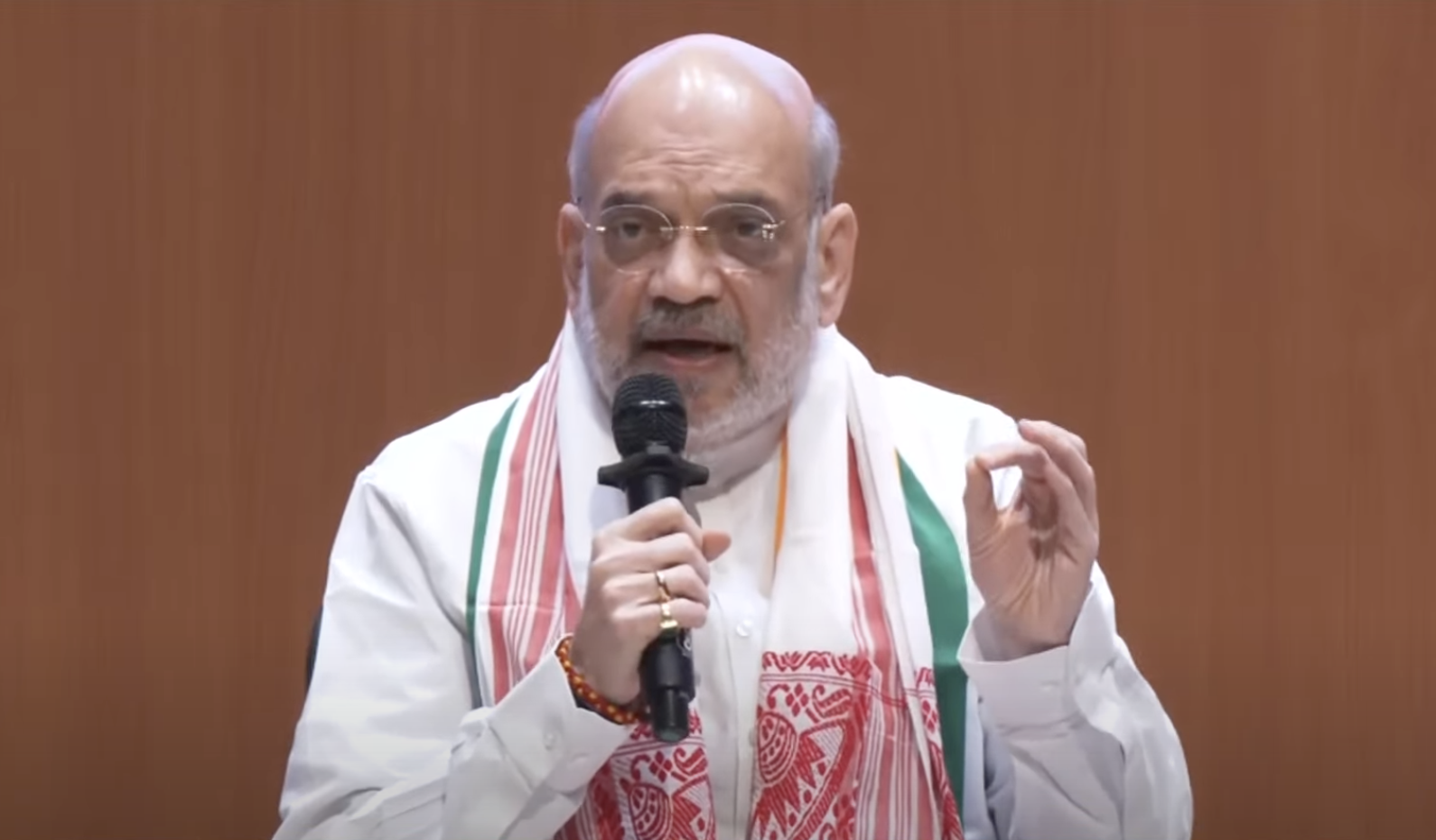After weeks of tension and uncertainty, the United States and China have taken a hopeful step forward—agreeing in principle on a new framework to implement a trade deal that aims to ease months of economic strain between the world’s two biggest economies.
The breakthrough came after two days of face-to-face discussions in London, where top officials from both countries met at the historic Lancaster House, just a stone’s throw from Buckingham Palace. The atmosphere, according to both sides, was constructive and focused.
Li Chenggang, China’s Vice Minister of Commerce, explained that the two countries had reached a “preliminary understanding” on how to move forward with the agreement initially struck by Presidents Donald Trump and Xi Jinping last month. While the fine details are still being worked out, the tone was optimistic.
The path to this moment hasn’t been smooth. Since the original agreement, tensions flared again—especially around sensitive issues like semiconductor technology, student visas, and access to rare earth minerals critical to manufacturing. Those rising tensions prompted a phone call last week between Trump and Xi—a candid, extended conversation that helped reopen doors for further diplomacy.
Tuesday’s talks in London were led on the US side by Commerce Secretary Howard Lutnick, Treasury Secretary Scott Bessent, and Trade Representative Jamieson Greer. They met with Vice Premier He Lifeng and other senior Chinese officials, including Commerce Minister Wang Wentao.
Lutnick, speaking briefly to reporters, struck an encouraging note: “Talks are going well. We’ll be here all day.” His words were a reflection of genuine effort on both sides to move from confrontation to collaboration.
The Geneva meeting in May had already set the stage for this by pausing tariffs for 90 days, offering a crucial breathing space. That momentum has now carried into London, offering a glimpse of hope for businesses, students, and workers affected by the dispute.
China has signaled it may ease restrictions on rare earth exports—a key concern for global automakers—while urging the US to lift curbs on advanced chip technologies. Meanwhile, President Trump voiced a familiar goal: “We want to open up China,” he said. “If we don’t, maybe we won’t do anything. But we want to.”
As details continue to unfold, what’s clear is that dialogue—personal, direct, and even difficult—is proving to be the most powerful tool for progress. For now, the world watches and hopes that this thaw between giants turns into lasting change.




